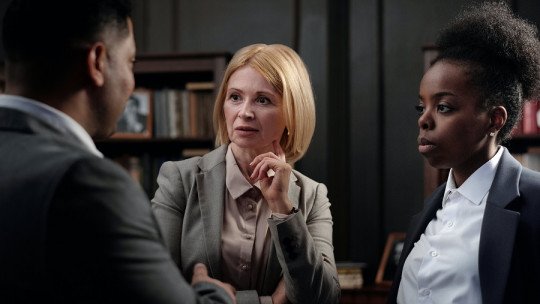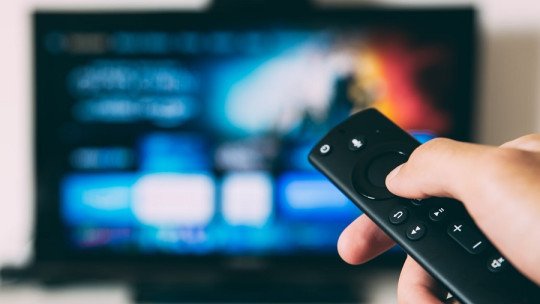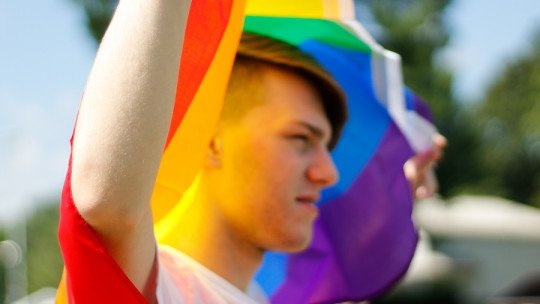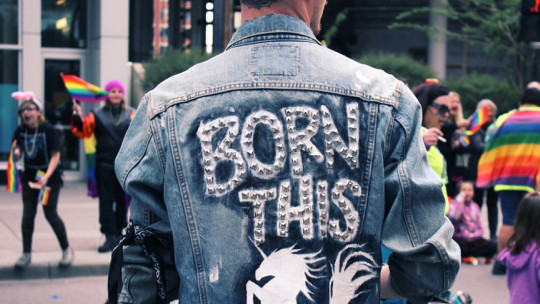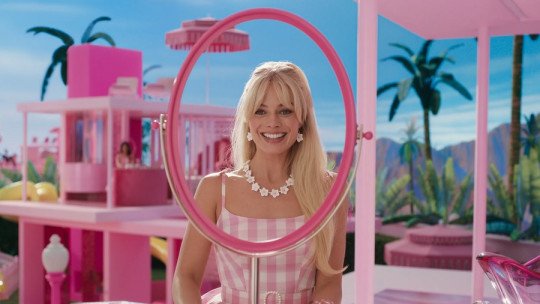
In the current digital era, characterized by hyperconnectivity and the need to stay constantly informed, digital media have taken a new direction taking into account the representation of minorities and realities different from the regulations. As a consequence of the debates generated by ethnic and sexual minorities and dissidents in general, with increasing force, these debates regarding the need for diversity are reflected on all our screens.
And commercial cinema and major Hollywood productions are also gradually opting for greater representation of diverse stories and realities, moving away, for example, from the exclusive representation of white cisheterosexual men in superhero films or the appearance of women in hypersexualized roles. or based on purely romantic plots. Many people wonder if this new way of representing stories on the big screens is of any use or if it is still a purely commercial movement with the aim of making money. Although it is evident that these plot changes represent a new business and a new vein from which to obtain economic benefits, it is also positive that speakers as large as the major film distributors represent realities that have normally been ignored.
Being a topic of current debate, in this article we are going to reflect on the ways in which commercial cinema can fight against gender stereotypes, proposing some examples of commercial films that have had a real impact on the deconstruction of stereotypes. of genre.
What are gender stereotypes?
It is important to first define what these gender stereotypes are to gain a deep understanding of how commercial cinema can influence their deconstruction and struggle. Gender stereotypes refer to the beliefs acquired through the socialization of all people about the entire set of desirable attitudes for men and women.
Basically, gender stereotypes dictate everything a man and woman should do to meet social expectations of them.
Gender stereotypes are harmful to society and to the construction and implementation of diversity because they represent outdated values and are based on the differentiation of men and women based on patriarchal and sexist ideals. These make femininity closely linked to care functions and a secondary role with respect to men. While the role of men is that of strength, work and business, women are in charge of parenting and domestic tasks. These gender roles also make it more difficult for men to show their emotions in public and for women to be understood and represented as more emotional, even associating them with hysteria and madness.
In what way can commercial cinema fight against them?
Many studies on gender stereotypes echo their maintenance due largely to the representation they have had in the mass media. Returning to the concept of socialization, there are many values that are taught to us through the gradual and complete exposure of these ideals in different components of society. One of them is, indeed, the media and cinema.
Throughout the history of cinema, stereotypical gender roles for men and women have been maintained in the vast majority of commercial films. Romantic comedies have been shown in which the male protagonists are much more intelligent and sagacious than their female companions, who are usually only characterized by love or spite plots. Action movies have almost always had male protagonists; The police officer who discovers the murderer is usually a man, and sometimes has a female companion or lover whose only interest in the plot is this romantic or sexual story.
For this reason, there is talk that commercial cinema can fight against these gender stereotypes by generating cinematographic stories that are more in line with reality. Men are not the engine that keeps the planet moving, and women do not guide all their behaviors exclusively with seductive or sexual objectives. Women are also protagonists, and, taking into account the patriarchal reality of our society, it would not be wrong to understand that the greatest antagonists are, in some cases, men.
Examples of cinema mainstream that breaks stereotypes
As we have mentioned, commercial cinema does fight against gender stereotypes. Some films and productions do generate a debate about changing established roles. We are going to propose some examples of films that offer a different vision of the main roles and gender roles typically associated with masculinity and femininity:
1. Thelma and Louise (1991)
Thelma and Louise represented roles that were very ahead of their time and generated much debate at the time. The two protagonists and main characters of this film are women who do not follow traditional and established gender roles
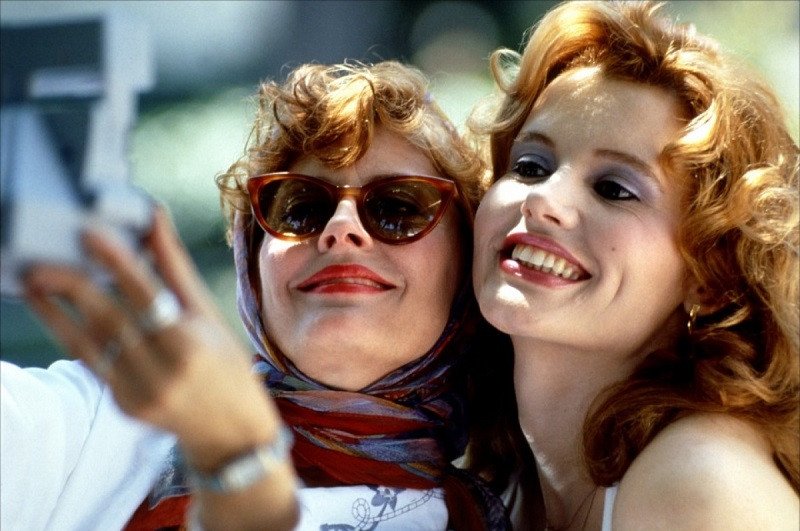
Two women in frustrated romantic relationships and subject to the care of their partners (men, of course) who decide to escape their situations on a road trip. But it also represents the fight against sexist violence when one of the protagonists murders a man who was trying to sexually abuse her partner. For this reason, the film generated a lot of controversy due to the violent and armed response to sexist and sexual violence. However, it is important to question why violence only generates debate when it is carried out by women, but not when it is carried out by men? Basically, because violence is expected in men, it fits into the masculine role; but not in the feminine.
2. Lara Croft (2001)
The Lara Croft film based on the main character of these eponymous video games marked a before and after in the characterization of female characters in action films. This heroine uses force and violence in ways similar to the male protagonists of other action blockbusters. It is adventurous, and the story focuses on objectives other than a love or romantic plot. While it is true that she was a pioneer for the time in the representation of women in action films, this character has aged in a different way, encountering different criticisms regarding the excessive sexualization of the protagonist. It is true that It presents action behaviors that would fit in with those of the male characters, but at the same time, it physically represents an object of desire aligned with male sexual ideals.
3. The Hunger Games (2012)
The Hunger Games saga was one of the most successful film chronicles of the 2010s. Many girls used the films’ protagonist, Katniss, as a reference as a feminist icon. This protagonist also takes on roles and attitudes far from traditional femininity; She is not overly sexualized, she does not base her main plot on a romance with a man, she uses force and weapons and, at the same time, is a person with a sensitivity that does not dehumanize her or relegate her to a purely masculine role She is a woman who does not follow the stereotypical values of women, but that does not mean that she takes the role of the “man.” She represents a more realistic image of women in our society, despite her plot being a dystopian reality and far from our real world.
4. Barbie (2023)
On everyone’s lips in recent weeks, the Barbie movie is presented as the highest grossing of the year, in addition to being the one that is generating the most debates. This film takes an icon systematically associated with femininity, the Barbie doll, to make an ironic and comic reflection on the patriarchal foundations of our society In satirical tones, the film encourages the questioning of these gender stereotypes and traditional values, implying that they affect all people, both men and women. Patriarchy has not only punished women for a long time by being objects of male desire and forced to gain attention or social validity through male approval, but it has also created difficulties for men to show themselves emotionally and to respect feminine realities in a bidirectional way.
There is still much left to do
As we have mentioned, yes; Commercial cinema can and does fight against gender stereotypes, giving rise to stories in which the protagonists do not represent traditional gender roles. However, there is still much to do. Of all the films discussed above, only the latest, Barbie, has been directed by a woman. Differences in Hollywood regarding the pay gap between actors and actresses also exist, and there are many actresses who raise their voices about the lack of female workers behind the cameras. Large commercial productions continue to be a world run by men, which, although they want to represent values more open to diversity, will almost always do so under the male gaze. It is everyone’s responsibility to integrate these values and gender roles away from traditional conceptions in order to build, through everyone, a more just, diverse and representative society for all people.


